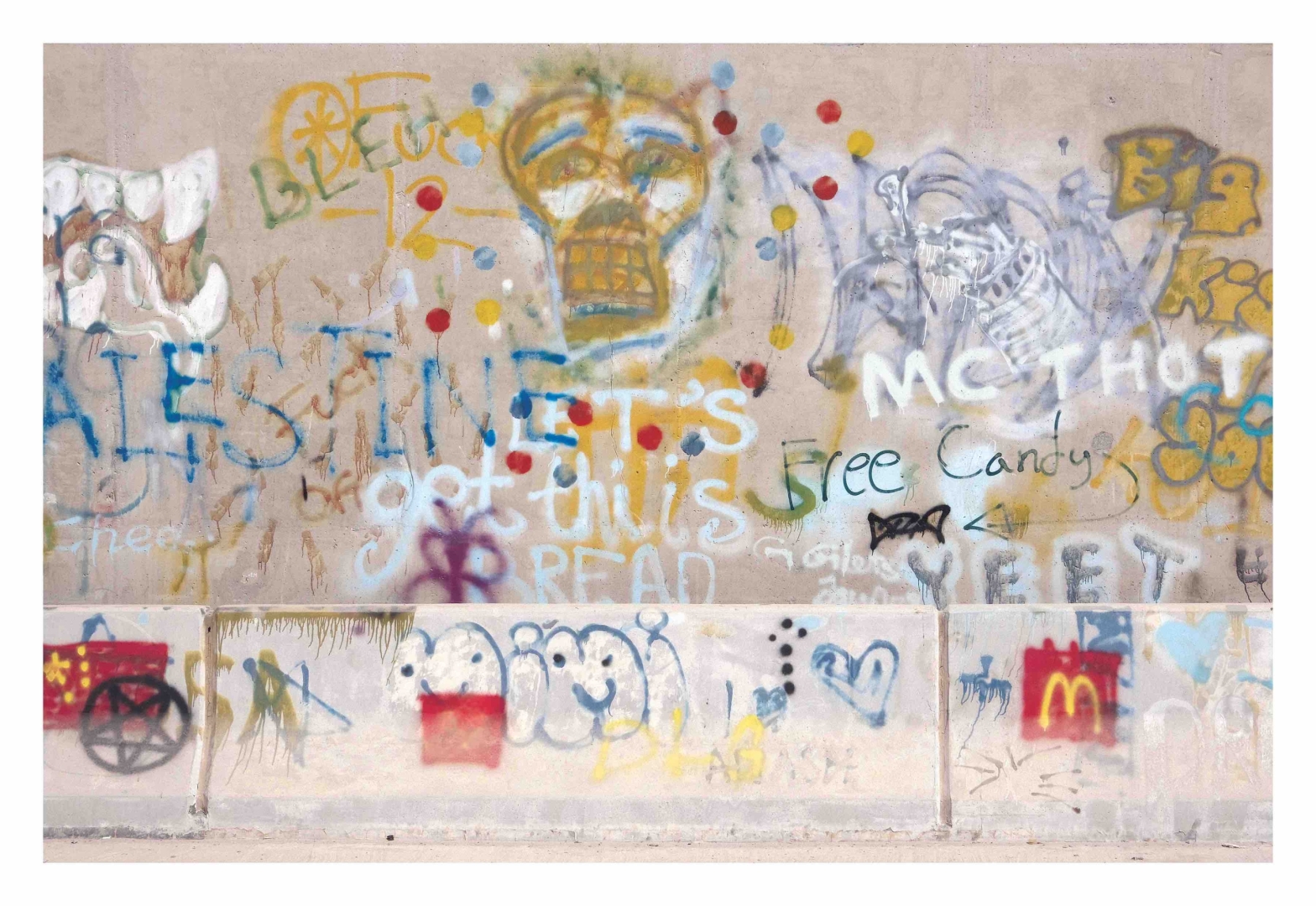The exhibition On Transitions: Impressions of Abu Dhabi is a reflection on what shapes a sense of place and how an individual’s attachment to a place changes in time and as new layers of memory and experience are formed in the context of continuously living “inbetween” Riga and Abu Dhabi.

Riga Photography Biennial - NEXT 2023
Drawing on her lived experience of gradually forging an ever-closer connection with and an understanding of the environment in the United Arab Emirates, in the exhibited works the Riga-raised artist captures visual elements characteristic of Abu Dhabi’s urban environment. This photo series strives to provide the viewer with visual access to parts of the everyday in the city of Abu Dhabi through the lens of the textures, objects and architectural elements found there, aiming to expand the viewer’s impressions about the United Arab Emirates. Seeing as more and more people from the Middle East and South Asia are living in Latvia, the opportunity to learn about the day-to-day in Abu Dhabi can serve as a meaningful space for cultivating mutual understanding and tolerance between cultures in Latvia or to promote a discussion of these topics.
In another of the works on view, the artist captures written comments and questions about the so-called Arab world which she has encountered when periodically returning to Latvia, along with observations about her shifting sense of belonging to the UAE and her prejudices against both these locations. In lieu of provoking or criticizing, the exhibited texts strive to spur reflection on what makes up one’s personal identity and sense of belonging to a place, as well as to invite viewers to examine their own prejudices.
The third series of works on view emphasizes emotional associations in connection with a place – warmth, acceptance, intimacy, everyday shows of kindness in the UAE, examining whether, and in what way, it is possible to stir up an equivalent feeling in the viewer through the use of associations/impressions sparked by the color, lighting, texture, objects, image tonality and visual metaphors captured in the works.
The exhibition highlights the experience of place, the visual connection between a place and its observer as well as questions on topics related to intercultural understanding, identity, and belonging posed in the exhibited works. At the same time, the exhibition examines how voluntary emigration shapes the way one sees a place, home, as well as their understanding of cultural identity. Is home the place we feel most connected to, is it the place where one’s passport was issued, or the place we fit in most fluently, because we know it the most and understand its culture the best? This topic is very significant now, as the cultural and ethnic composition of Latvia’s society is changing due to the growing number of newcomers from other countries and young people born in Latvia going abroad for study or work.
Participants: Adele Bea Cipste (LV/ AAE)
Curators: Raivis Alksnis (LV)
Image: Adele Bea Cipste, from the series On Transitions, 2023
Galerii nimi: LOOK! Art Gallery
Address: Ģertrūdes iela 62, Latgale Suburb, Riga, Latvia
Opening hours: Tue-Fri 13:00 - 19:00 Sat 13:00 - 17:00
Open: 29.04.2023 — 20.05.2023
Address: Ģertrūdes iela 62, Latgale Suburb, Riga, Latvia
Opening hours: Tue-Fri 13:00 - 19:00 Sat 13:00 - 17:00
Open: 29.04.2023 — 20.05.2023